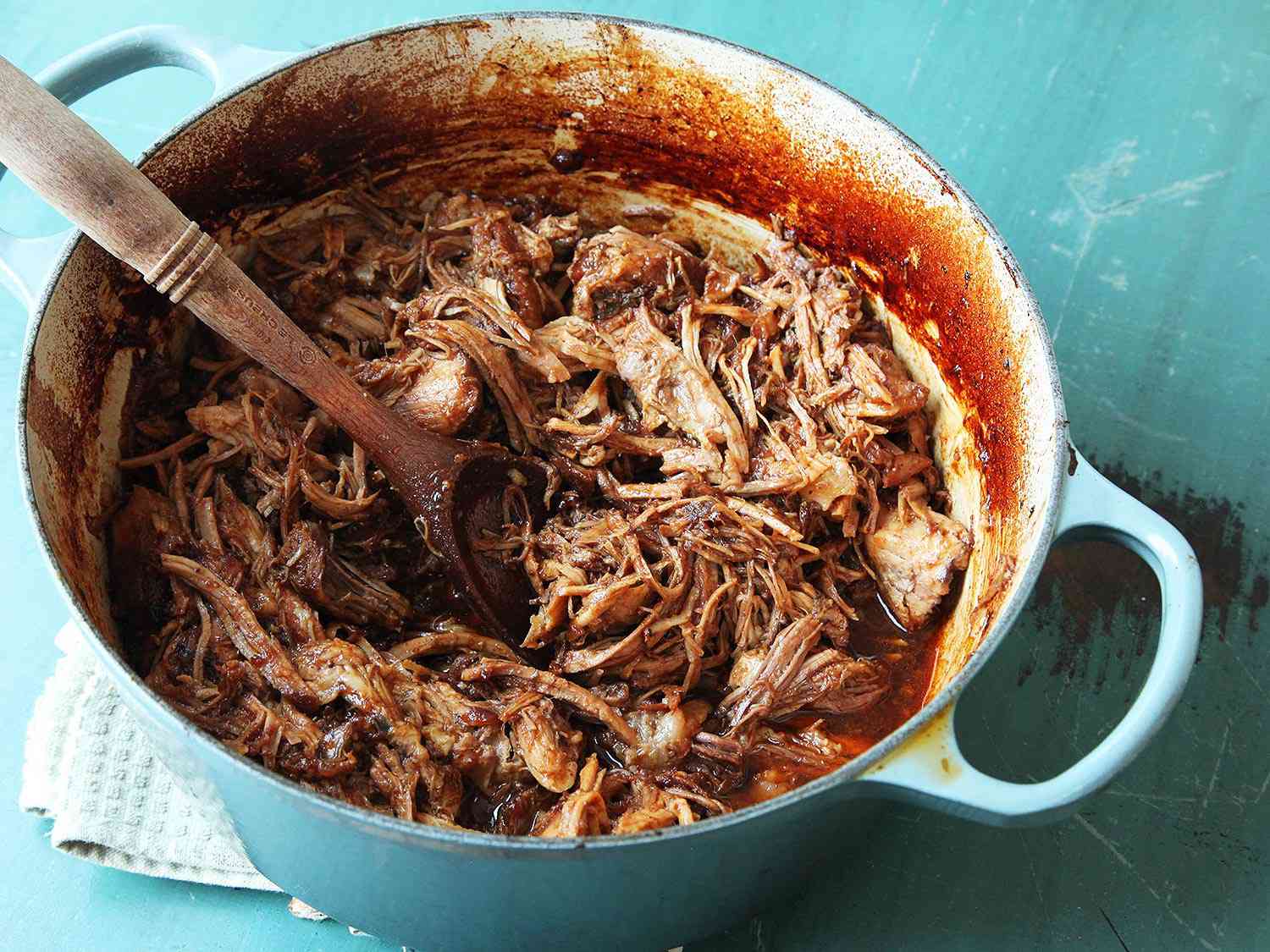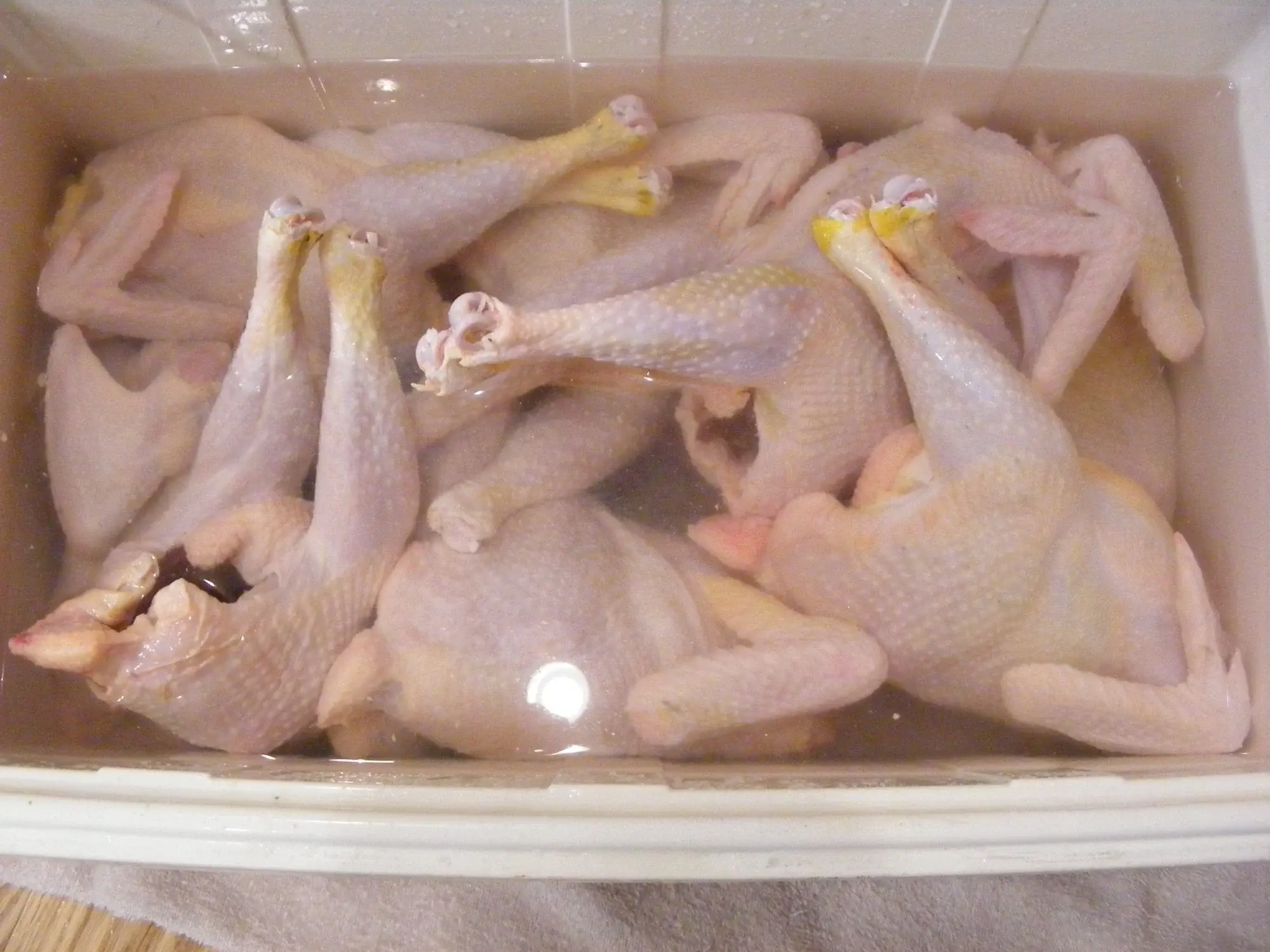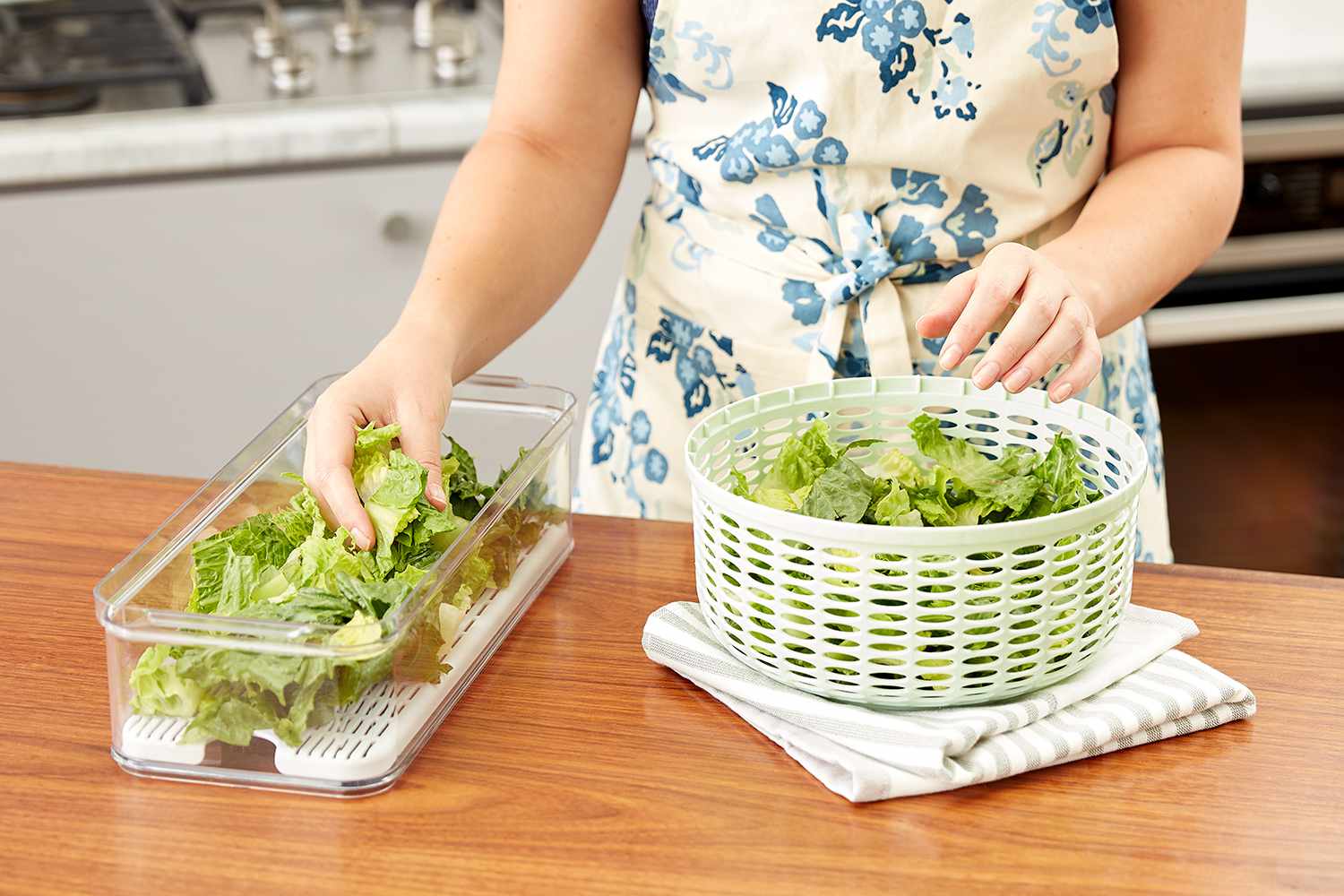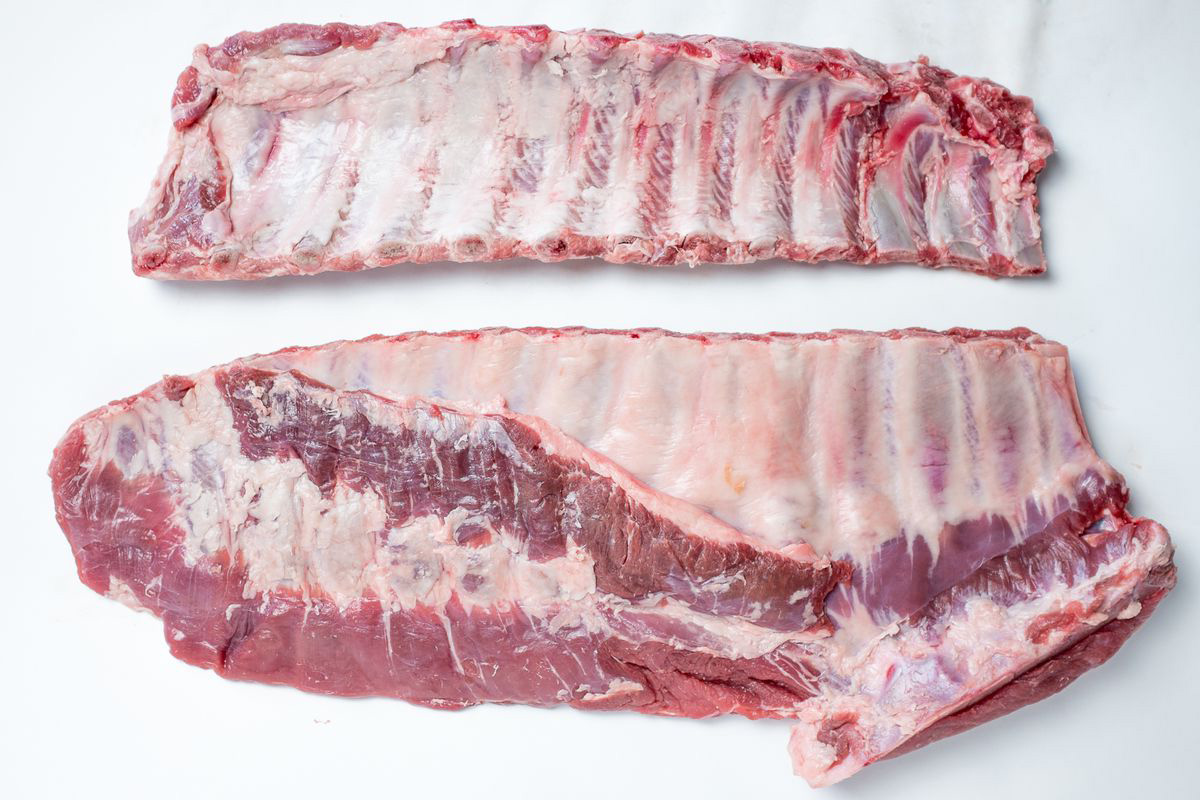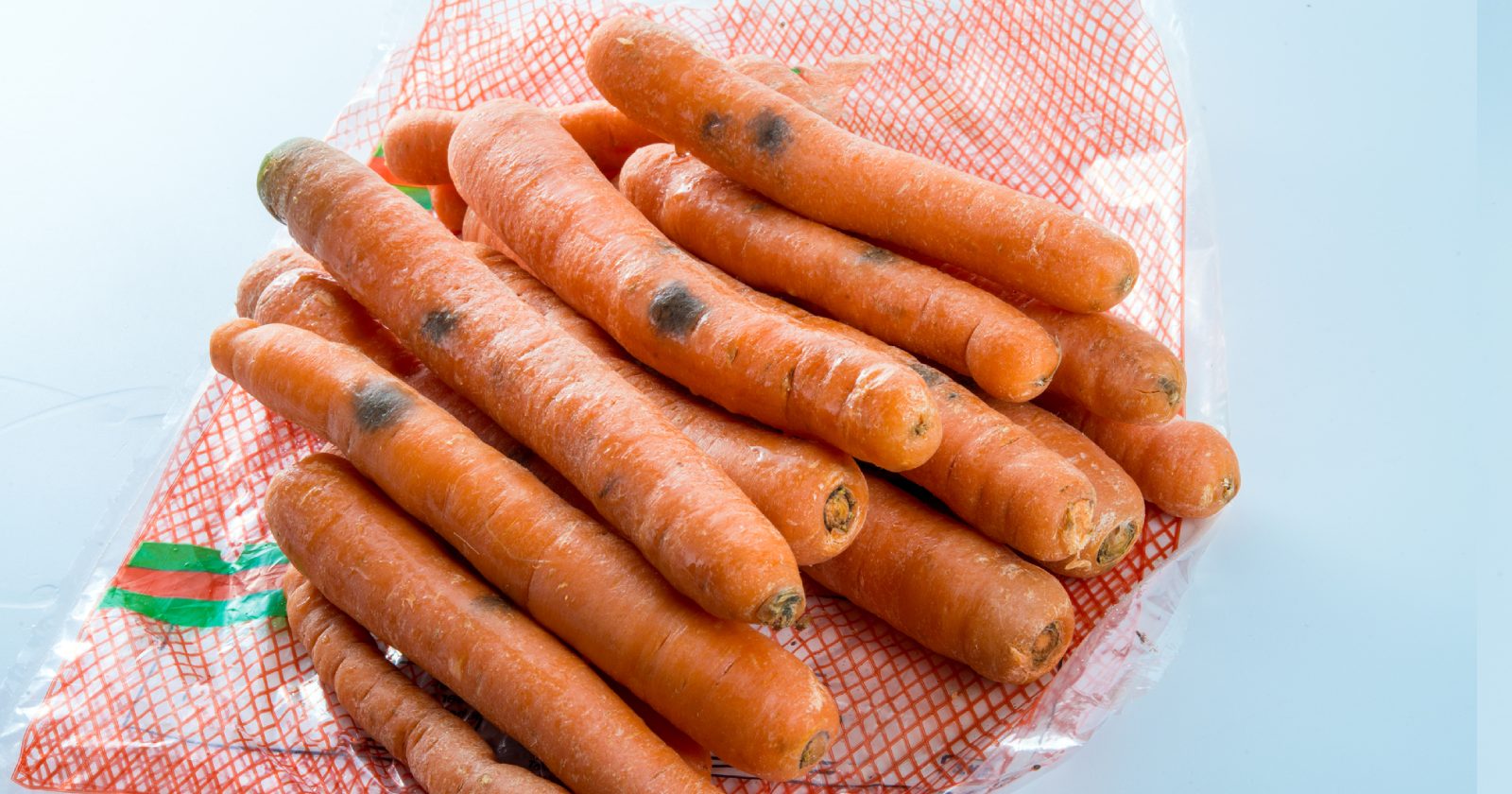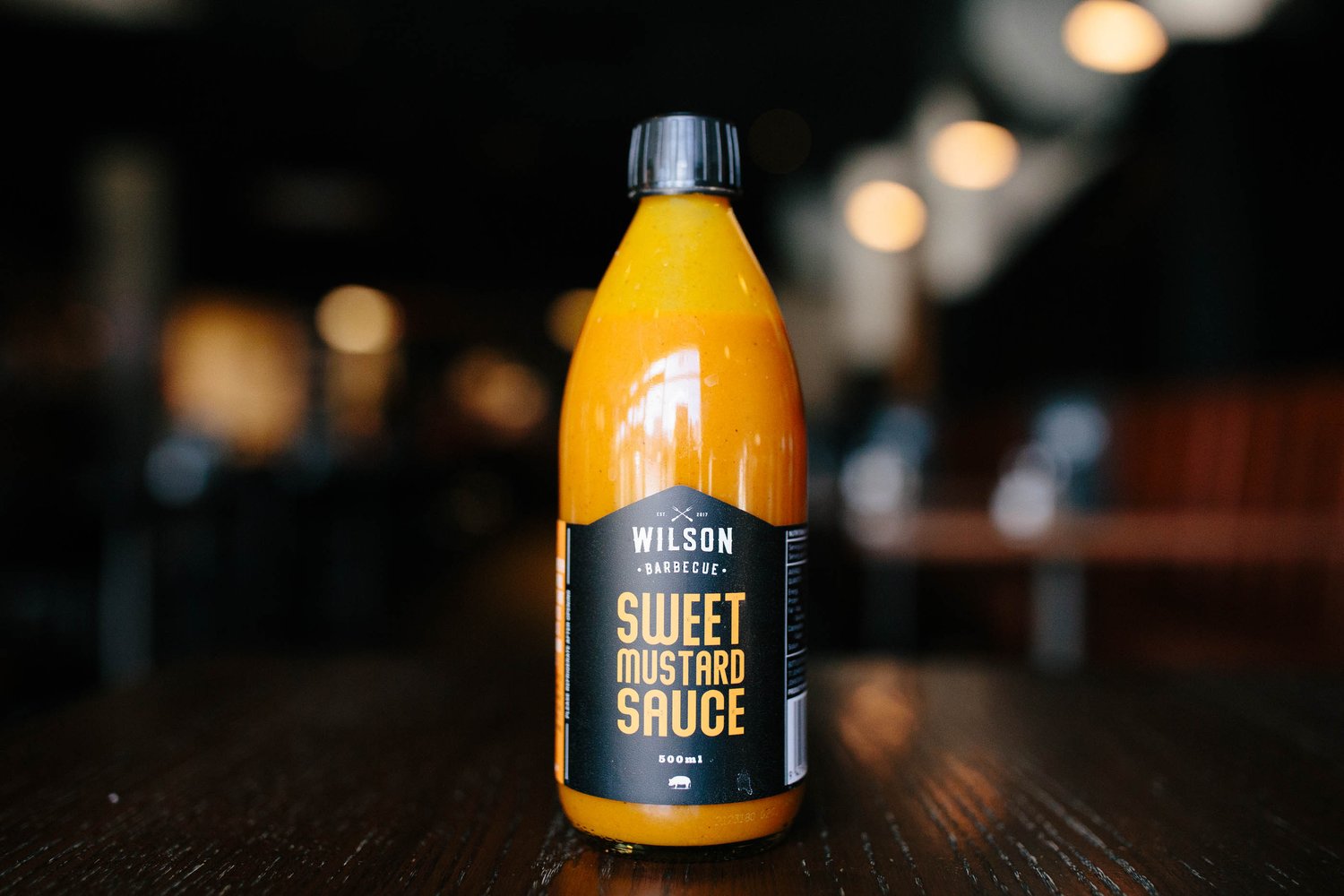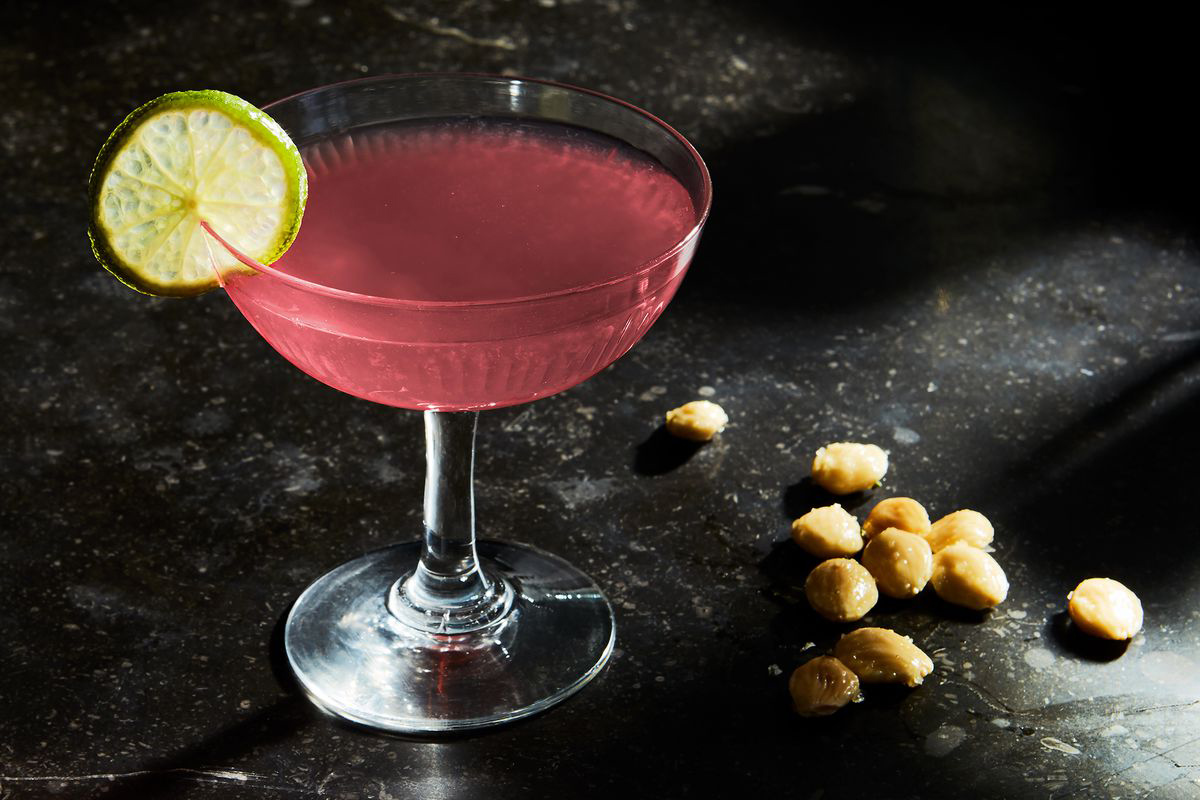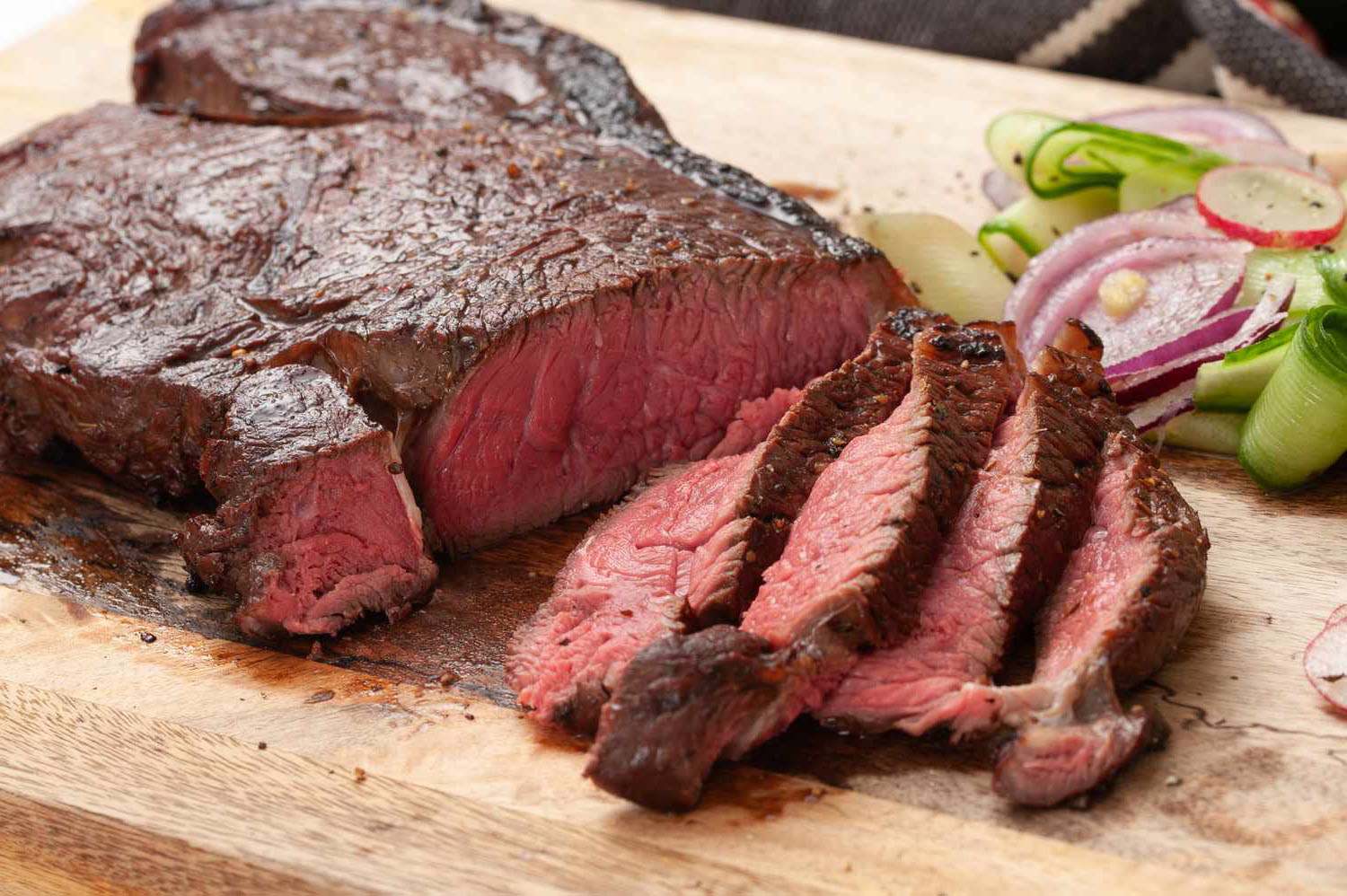When it comes to cooking, there are countless ingredients that can add unique flavors and aromas to your dishes. One such ingredient is mace. If you've ever come across a recipe that calls for mace and found yourself wondering what it is and how to use it, you're in the right place. In this article, we'll explore the world of mace in cooking and learn how this versatile spice can elevate your culinary creations.
What is Mace?
Mace is a spice that is derived from the outer covering of the nutmeg seed. The nutmeg tree, scientifically known as Myristica fragrans, produces both nutmeg and mace. While nutmeg is the seed itself, mace is the vibrant red, lace-like covering that surrounds the seed. This delicate covering is carefully removed, dried, and ground to create the mace spice that is commonly used in cooking.
Flavor Profile
Mace has a warm, aromatic, and slightly sweet flavor with hints of pepper and cinnamon. Its aroma is often described as being similar to nutmeg but with a more delicate and subtle fragrance. This unique flavor profile makes mace a popular choice for adding depth and complexity to both sweet and savory dishes.
Culinary Uses
Mace is a versatile spice that can be used in a wide range of dishes. Here are some popular culinary uses for mace:
- Baking: Mace is commonly used in baking to add warmth and complexity to cakes, cookies, and pastries. It pairs particularly well with flavors like cinnamon, ginger, and cloves.
- Savory Dishes: Mace is a key ingredient in many savory dishes, including soups, stews, and meat-based recipes. It can add a subtle sweetness and depth of flavor to these dishes.
- Beverages: Mace can also be used to infuse flavor into beverages such as mulled wine, cider, and spiced cocktails.
Tips for Using Mace in Cooking
If you're new to using mace in your cooking, here are a few tips to help you get started:
- Use Sparingly: Mace has a strong flavor, so a little goes a long way. Start with a small amount and adjust to taste.
- Grind Fresh: For the best flavor, consider grinding whole mace blades using a spice grinder or mortar and pestle.
- Pair with Complementary Spices: Mace pairs well with spices like cinnamon, cloves, and allspice, so consider using it in recipes that feature these flavors.
Where to Buy Mace
Mace can typically be found in the spice aisle of most grocery stores. It is often sold in its ground form, but you may also be able to find whole mace blades in specialty spice shops. When purchasing mace, opt for high-quality, fresh spices for the best flavor.
In conclusion, mace is a versatile and flavorful spice that can add depth and complexity to a wide range of dishes. Whether you're baking a batch of cookies or simmering a pot of soup, consider incorporating mace into your recipes for a unique and aromatic twist. With its warm, sweet flavor and delicate aroma, mace is sure to become a staple in your spice collection.
Was this page helpful?
Read Next: What Is A New York-Style Reuben?
